Aviation
Worlds Ugliest Aircraft
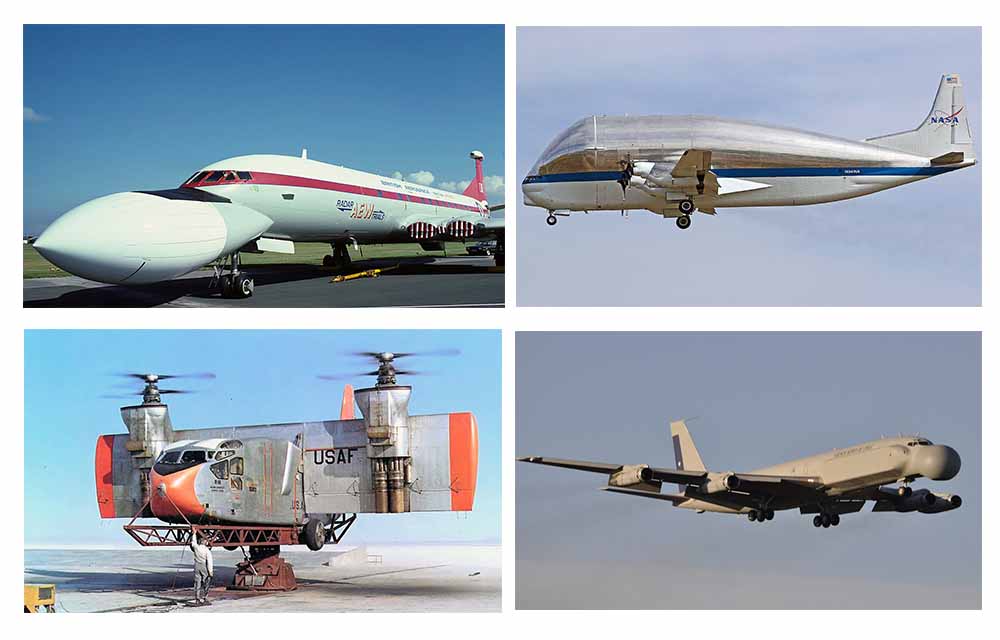
“In the realm of technological marvels, airplanes are among humanity’s most groundbreaking creations. They’ve made it possible for us to conquer the skies and reach distant destinations in a fraction of the time.
But during their early development, many aircraft featured experimental designs that often appeared unconventional, even earning the label of ‘ugly’ at times. Yet, these pioneering designs set the stage for the incredible advancements we see in aviation today.
1.Take the Aero Spacelines Super Guppy, for example, introduced in 1965. This aircraft stands out with its oversized, wide-body cargo door, making it perfect for transporting massive cargo components.
It followed in the footsteps of the ‘Pregnant Guppy,’ the first of the Guppy series by Aero Spacelines. In total, five Super Guppies were built across two different variants, all commonly known as the ‘Super Guppy.’ It often carried crucial space exploration components and large aircraft parts within its enormous cargo hold.
2. Next up is the de Havilland DH.106 Comet, which holds the title of being the world’s first commercial jet airliner! Built in the UK, the Comet 1 took its first flight way back in 1949. It had a pretty funky nose design that made it look like it had a jaw, which definitely made it stand out. It wasn’t just about looks though—it played a big role in radar testing.
This four-engine plane had some really unique engine inlets compared to other aircraft, and that nose? Yeah, not the prettiest, but it was all part of the experimental design. Sadly, this legendary plane was scrapped, but it still holds a special place in aviation history.
3.Now for the third plane, we’ve got the McDonnell XF-85 Goblin. This little guy was an American prototype fighter from World War II, dreamed up by McDonnell Aircraft. It was designed to be carried inside the huge Convair B-36 bomber and released mid-air as a ‘parasite fighter.’
Basically, its job was to protect the big bombers from enemy fighters, which was a pretty big need back in WWII. They made two prototypes, but the program got canceled.
4.Alright, moving on to our fourth aircraft, the Transavia PL12 Airtruk! Built back in 1965, it’s often just called the ‘Airtruk,’ and it has this really funky shape that kinda reminds you of a mosquito.
This single-engine agricultural plane was designed and built by the Transavia Corporation in Australia. It’s got this cool setup with a shoulder-wing, strut-braced sesquiplane design (basically a fancy way to say it’s got wings in a unique configuration). The cockpit is perched up above the engine with a short, pod-like fuselage that even has a rear door. The engine cowling, back part of the fuselage, and top are all made of fiberglass.
It sits on a tricycle undercarriage, and the main wheels are attached to these little stubby wings. Plus, it’s got twin tail booms with two tails that aren’t connected—pretty quirky, right? The Airtruk had its first flight on April 22, 1965, and got officially certified by February 10, 1966. And sometimes, you might even see it spelled as ‘Airtruck.
5.Coming in at number 5, we’ve got the Boeing 707 Phalcon!, This aircraft has a bit of a unique look, almost like something swallowed up the front of it. It was used for radar warning and tactical missions.
The EL/M-2075 is this high-tech, solid-state L-band radar system, that’s built into the Boeing 707 and other planes. The whole setup, known as Phalcon, is designed for airborne early warning, keeping an eye on air and surface targets, and gathering intel. It’s got all the command and control features you’d need to make use of all that info.
The Phalcon system can be fitted onto various aircraft, like the Boeing 707, 767, and even 747 models.
Fun fact: the first Phalcon system was installed on a former LanChile Boeing 707 after a deal with Chile in 1989. It took its first flight in 1993, and by May 1994, it was handed over to the Chilean Air Force, where it’s known as the ‘Condor.
6.At number 6, we’ve got the Hiller X-18! This was an experimental cargo transport aircraft that helped pave the way for tiltwing and V/STOL (vertical/short takeoff and landing) technology. They built it using a bunch of recycled parts, and it could cruise at about 300 mph and even hover at 6,000 feet!
The X-18 was all about safety, too. It had features that let pilots keep control even if an engine failed, and it could do what they called a ‘controlled crash’ landing if needed. Pretty neat, right? In fact, this plane became the inspiration for later designs like the Bell Osprey, which means it really set the foundation for some of the coolest aircraft out there today
7.Next up, at number 7, we have the Bell X-22! This American experimental aircraft was a V/STOL (Vertical/Short Takeoff and Landing) machine with four tilting ducted fans. It’s kinda like the drones we see today with those gyros, but back then, they made it into a real, full-sized flying machine!
When the X-22 was hovering, it was controlled by changing the propeller pitch and using elevons. And when it switched to forward flight, those ducted fans helped out with the lift. The first X-22A was rolled out on May 25, 1965. It could hit a top speed of 315 mph and had a range of about 450 miles. Pretty impressive for its time!
8.Coming in at number 8 is the Boeing X-32! This aircraft was developed in the early ’90s as part of the Air Force’s search for a next-gen fighter jet. Even though the X-32 had some pretty cool and innovative ideas, it ended up losing out to Lockheed Martin’s X-35.
The X-32 was built as a concept demonstrator for the Joint Strike Fighter (JSF) competition. It had a unique look and a cost-effective design, but it didn’t quite perform as well in the flight tests. While it could carry more weapons, fighter jets also need to be sleek and aerodynamic to slip away from enemy zones quickly. That’s where Lockheed Martin’s F35 design had the edge, which is why it was picked for the American defense projects.

Aviation
Did you know ? Once Boeing 747 carried 1088 passenger in 1991
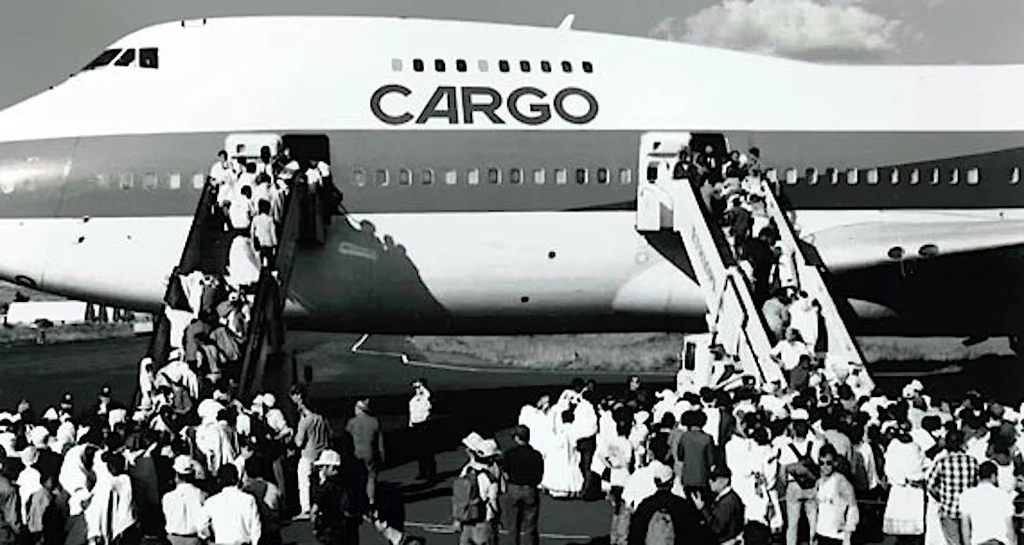
In 1991, during Operation Solomon, Israel aimed to airlift 14,000 people from Ethiopia within 36 hours. The effort was intense, with a strong focus on evacuating as many individuals as possible from the country.
At the forefront of this operation was the Boeing 747, known as the “Queen of the Skies,” which transported nearly 1,088 passengers.
Due to the urgent circumstances, all passengers were seated on the aircraft floor, despite the Boeing’s typical maximum capacity being around 660 passengers as per manufacturer specifications.
The aircraft was granted special approval to take off under these exceptional conditions.
Amid political tensions and military reforms in Ethiopia, the Ethiopian government requested the Jewish community to leave the country, providing them with a limited window for evacuation. In response, the community organized an airlift to facilitate their safe departure.
A fleet of 35 Israeli aircraft, including C-130s from the Israeli Air Force and El Al Boeing 747s, was deployed for the mission. These aircraft flew non-stop, successfully transporting most of the Ethiopian Jewish community to Israel in one of the largest airlift operations in history.
-

 Aviation1 month ago
Aviation1 month agoNew EU Carry-On Rules Begin September 2024: What to Expect
-

 Aviation3 weeks ago
Aviation3 weeks agoBoeing confirms 797: A New Era for Mid-Size Aircraft
-
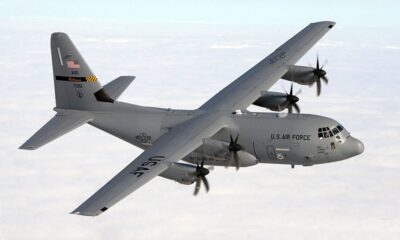
 Aviation3 weeks ago
Aviation3 weeks agoLockheed and Tata Team Up to Build C-130J MRO Facility in India
-
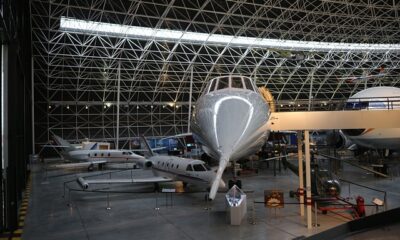
 Tech4 weeks ago
Tech4 weeks agoChina Developing Jet to Travel Anywhere in Two Hours
-
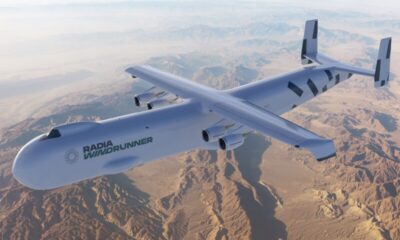
 Aviation2 months ago
Aviation2 months agoMeet WindRunner: The World’s Heaviest and Largest Aircraft Ever Built
-

 Aviation2 months ago
Aviation2 months agoComac C919 Moves Closer to Securing EU Certification with EASA
-

 Aviation1 week ago
Aviation1 week agoMicrosoft Flight Simulator Raises $3 Million to Bring Back the An-225 Mriya
-
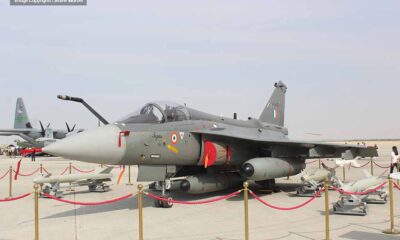
 Aviation2 months ago
Aviation2 months agoIs HAL Planning to Fit the Rafale’s M-88 Engine into Tejas?

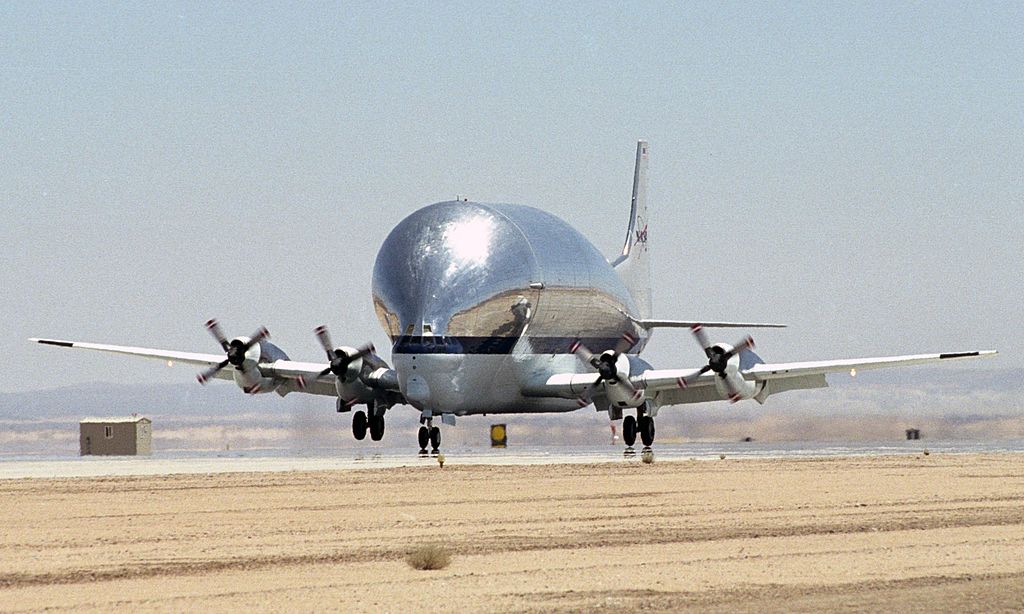

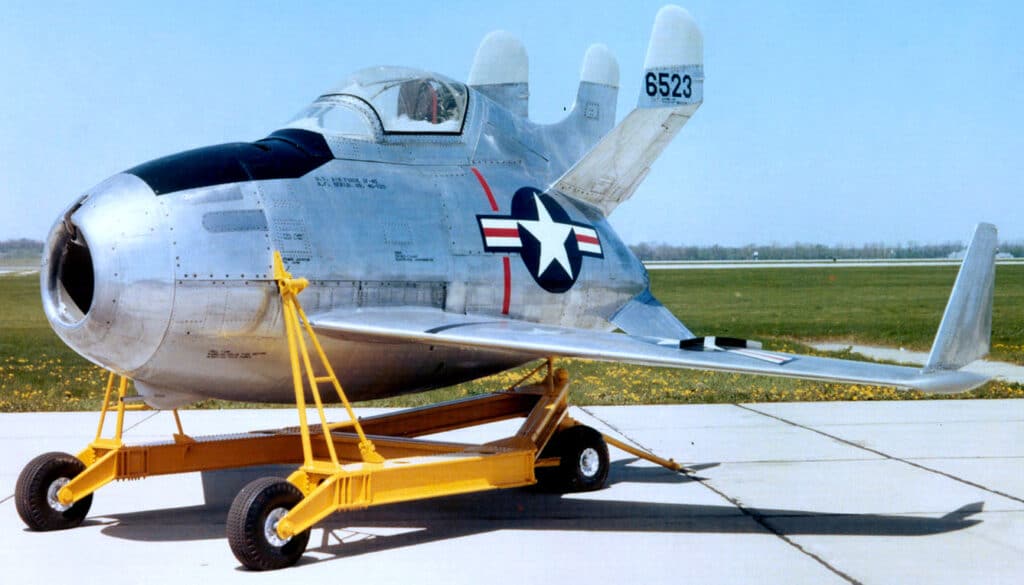
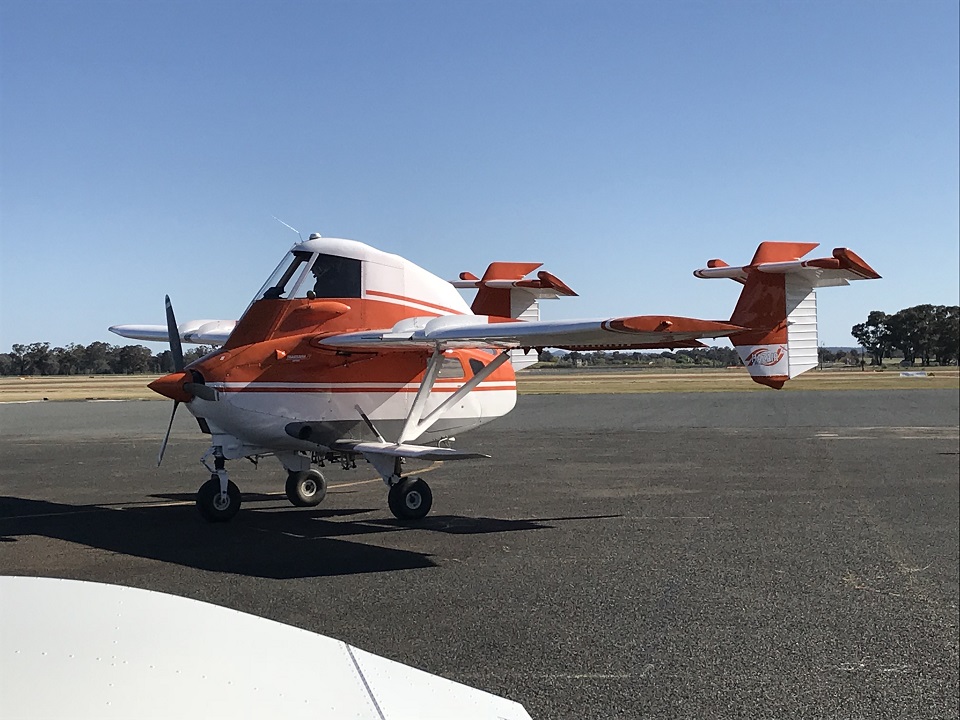
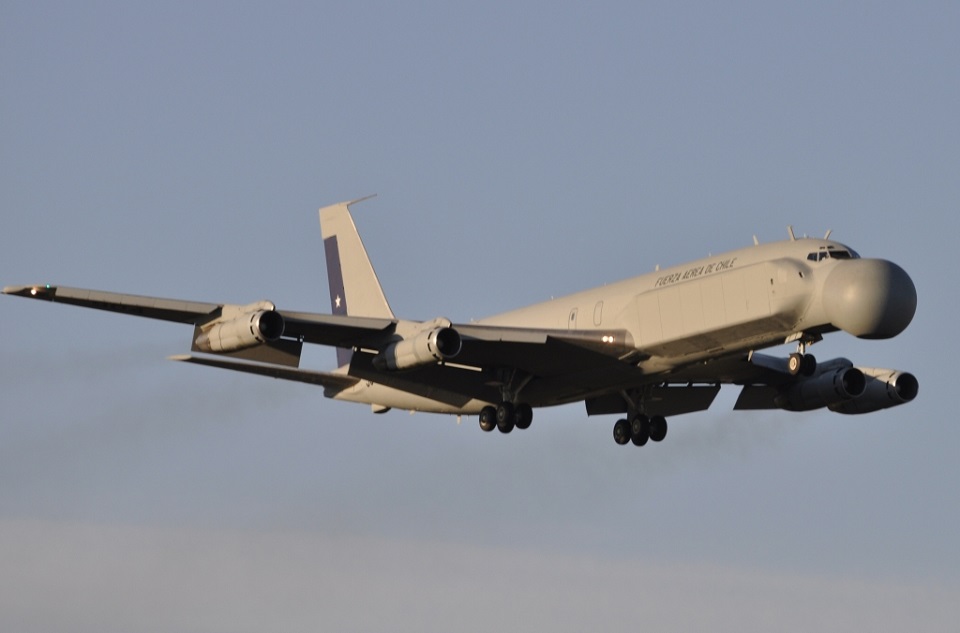
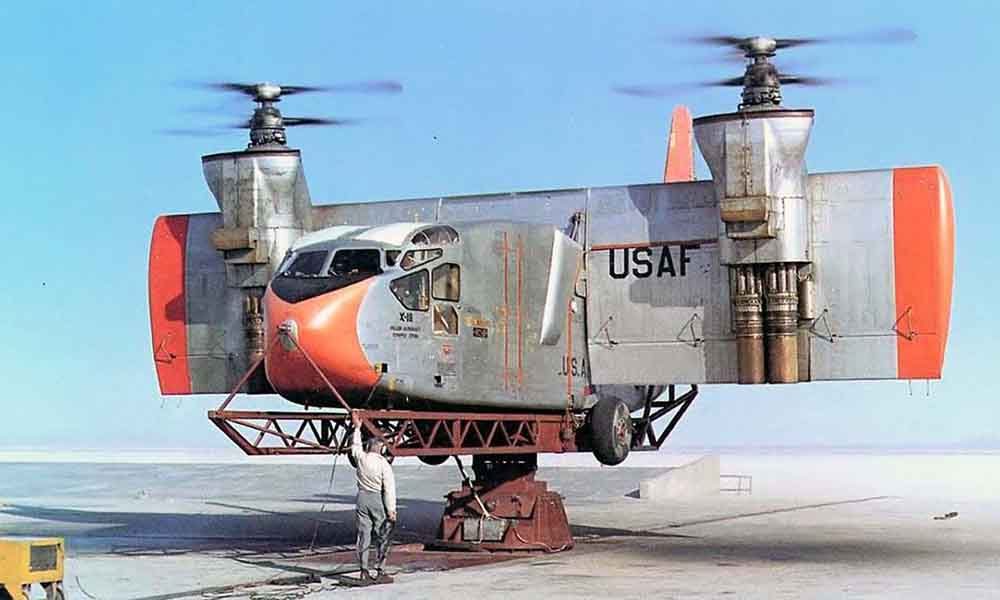
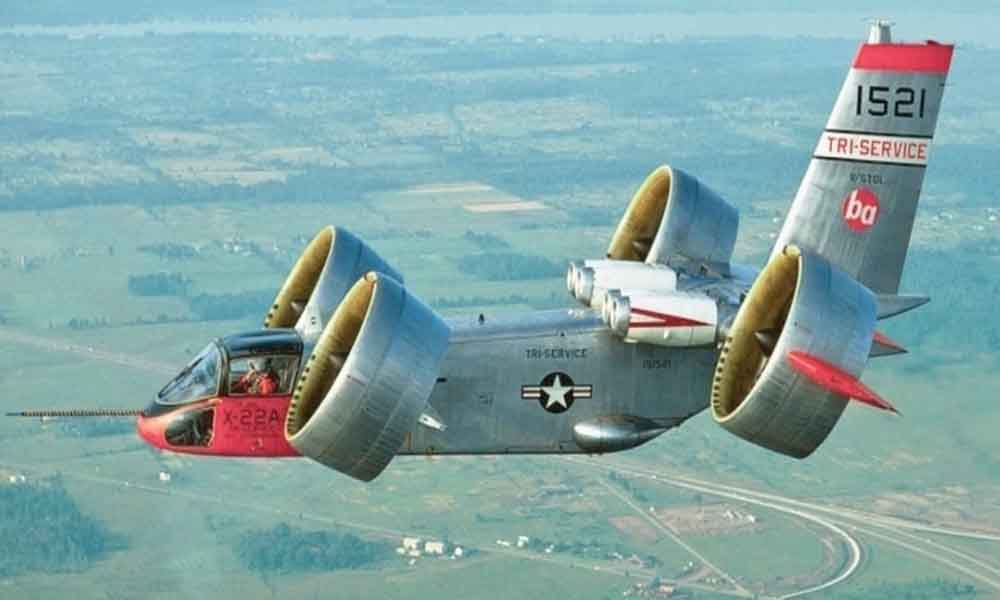









You must be logged in to post a comment Login